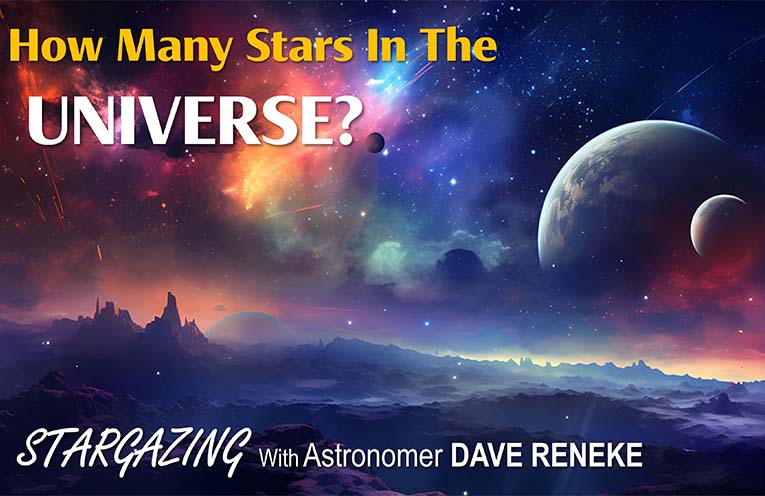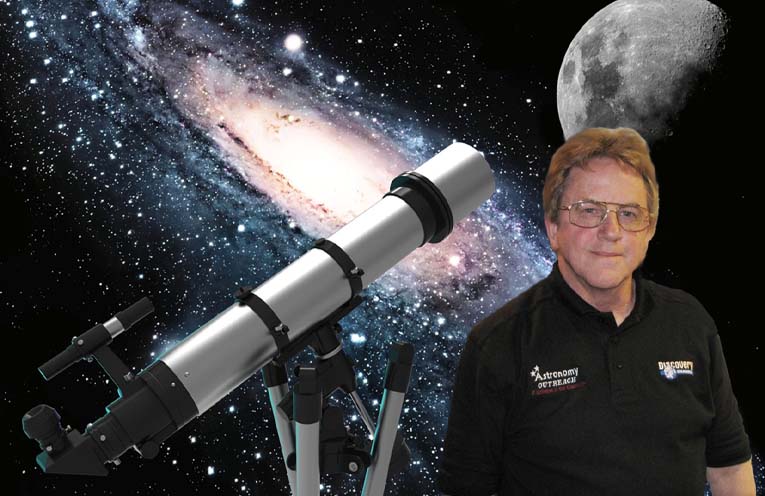
HOW many indeed?
This is the number one question I always get asked when giving a lecture. In the vastness of space, there’s a place called the Milky Way, and it’s not just a chocolate bar!
It’s actually a huge collection of stars, like a giant city in the sky.
Imagine looking up at night and seeing not just a few stars, but billions and billions of them, stretching out as far as you can see.
That’s the Milky Way – a cosmic wonderland filled with twinkling lights.
But here’s the thing: astronomers haven’t counted every single star in the Milky Way because, well, there are just so many!
It’s like trying to count all the grains of sand on a beach – it’s practically impossible.
Instead, they use super-smart methods to figure out how many stars there are.
One way they do this is by looking at how much starlight there is in different parts of the sky.
It’s kind of like trying to guess how many people are in a crowd by looking at how bright the lights are in different areas.
By studying the brightness of the stars, astronomers can make a pretty good guess about how many there are in total.
Another way they estimate the number of stars is by zooming in on specific areas of the Milky Way and counting the stars there.
Then, they use maths to figure out how many stars there might be in the entire galaxy, like our Milky Way.
It’s like taking a small grain of sand from a full jar and then guessing how many more grains of sand are in the whole jar based on that sample.
But space isn’t always as clear as a night without clouds.
Sometimes, there are things like dust clouds and gas that get in the way and make it hard to see the stars. But astronomers are like detectives – they use special tools and techniques to see through the cosmic fog and get a clearer picture of the stars hiding behind it.
And what they’ve found is truly mind-blowing: the Milky Way is home to an absolutely astonishing number of stars – somewhere between 100 billion and 400 billion!
There are more stars in the Universe than heartbeats for every human being who ever lived – it’s just too huge to even imagine!
But knowing that there are so many stars out there makes you realise just how vast and incredible our universe really is.
Will we ever reach the stars?
The prospect is tantalising, but the challenges are immense.
Technological advancements may one day make it possible, but currently, it’s a distant dream.
If we do manage to journey to other star systems, the likelihood of encountering other intelligent life remains uncertain.
However, the vastness of the universe suggests the possibility of such encounters, sparking both excitement and speculation among scientists and dreamers alike.
So, when you stargaze again, remember that each one of those stars is a Sun, just like ours in the darkness of space, burning brightly and filling the cosmos with wonder.
And who knows what other secrets are waiting to be discovered among the billions of stars that make up our galactic home?
It’s a mystery that’s just waiting to be explored.
Hey, I just ducked outside to check on an event winding up right now.
A rare planetary alignment on display in our pre-dawn skies.
Just imagine six planets all in a row in one part of the sky, and you can spot them from your backyard this week!
Jupiter, Mercury, Uranus, Mars, Neptune, and Saturn are in a rare celestial parade for your enjoyment.
To catch this spectacle, rise early, at least an hour before sunrise, preferably in an area free of light pollution with an unobstructed view of the eastern horizon.
Binoculars will enhance the experience.
Don’t miss this magical event!
By Dave RENEKE

